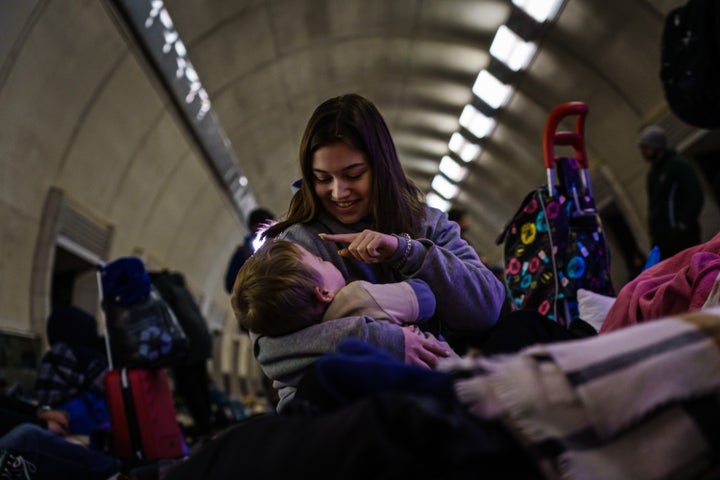
Ukrainians have been subjected to an intense attack from Russia for the last week, pushing an estimated one million people to flee – but what’s life like for the millions who stayed behind?
While Russian president Vladimir Putin allegedly want to “seize the whole of Ukraine”, only the city of Kherson is actually under the control of Russian troops a week after the military invaded.
Several other cities are under intense artillery attacks and persistent shelling – a move described as a potential war crime by Boris Johnson from the Kremlin – but have so far evaded capture by the Russians.
Citizens are still having to shelter in underground stations to stay safe and Ukraine has reported more than 2,000 civilian deaths so far.
Russia has admitted 498 of its troops have died, although the Ministry of Defence thinks the real number is much higher.
And yet, millions of Ukrainians are determined to stay on and defend their country under their wartime leader and president Volodymyr Zelenksyy.
So here’s what life looks for those people who are persevering through the unimaginable conditions, as their lives have been turned upside down over the last seven days.

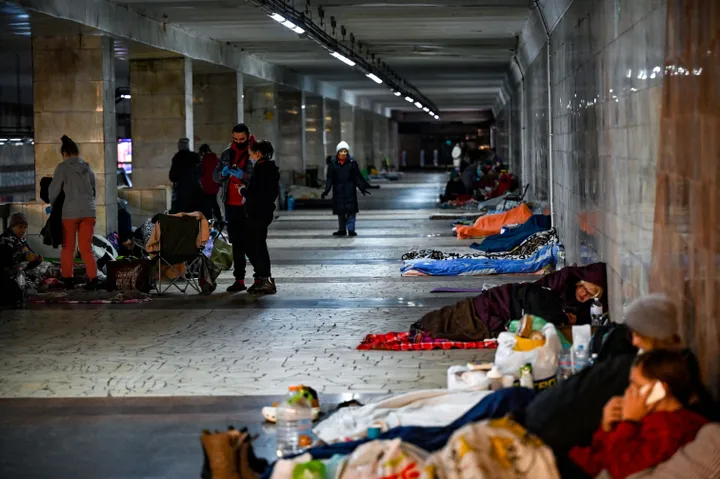
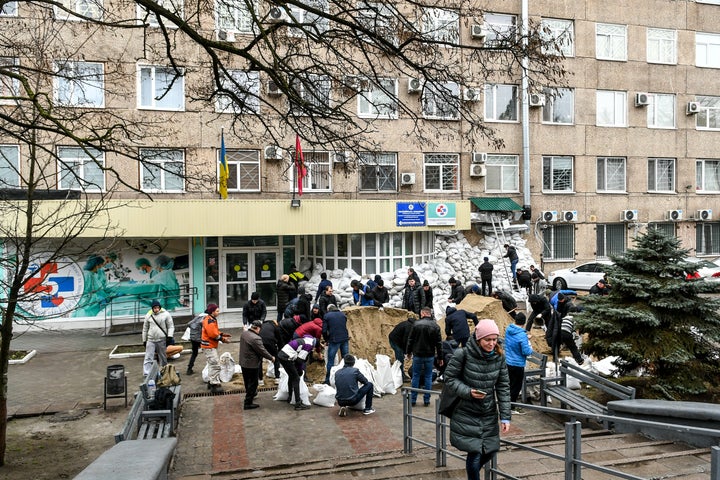
Miraculously, utility workers have made sure internet, light, heating and hot water facilities can still operate – but only in some cities.
Food appears to still be in healthy supply in various areas of the country, despite concerns of an emerging humanitarian crisis among Western governments.
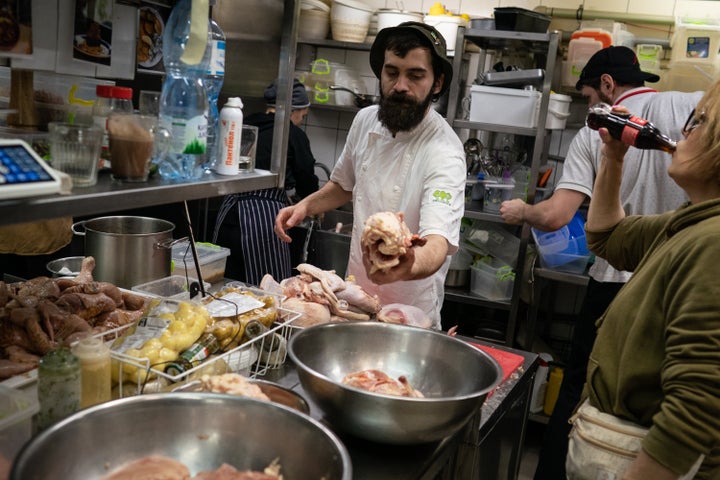
For those trapped without food, other Ukrainians are trying to gather supplies to help the less fortunate survive.
In the city of Mariupol, the Russian forces have reportedly cut off its water, heating, power and supply lines. The city council has compared it to the “old Leningrad”, in reference to Nazi Germany’s siege of a then-Soviet city in 1941, which left 1.5 million dead.
A Ukrainian soldier even reportedly texted the Telegraph pleading: “If anything happens don’t let us be forgotten.”
Ukraine’s strength against the Russian forces has stunned the international community too, as the ordinary people stand up against Putin’s army in both large and small ways.
Civilians are training to fight, learning how to make molotov cocktails (homemade explosives) and, in some cases, stealing Russian equipment.
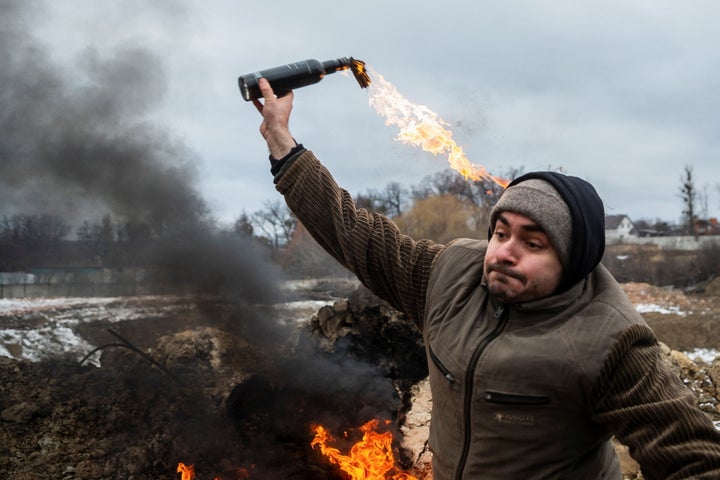
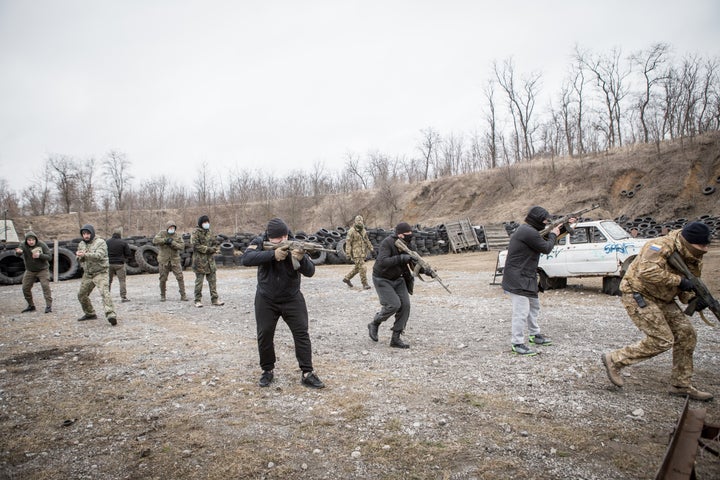
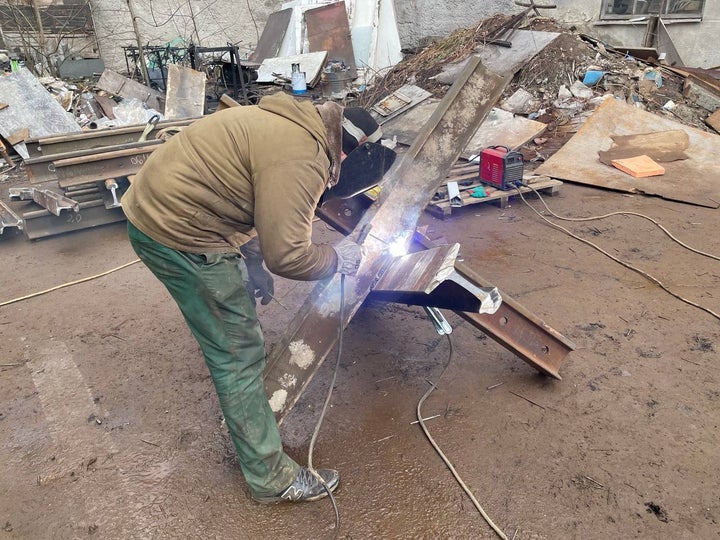
However, as French president Emmanuel Macon has warned “the worst is yet to come” when it comes to Putin’s brutality, it remains unclear how much longer people can live under these trying conditions.
